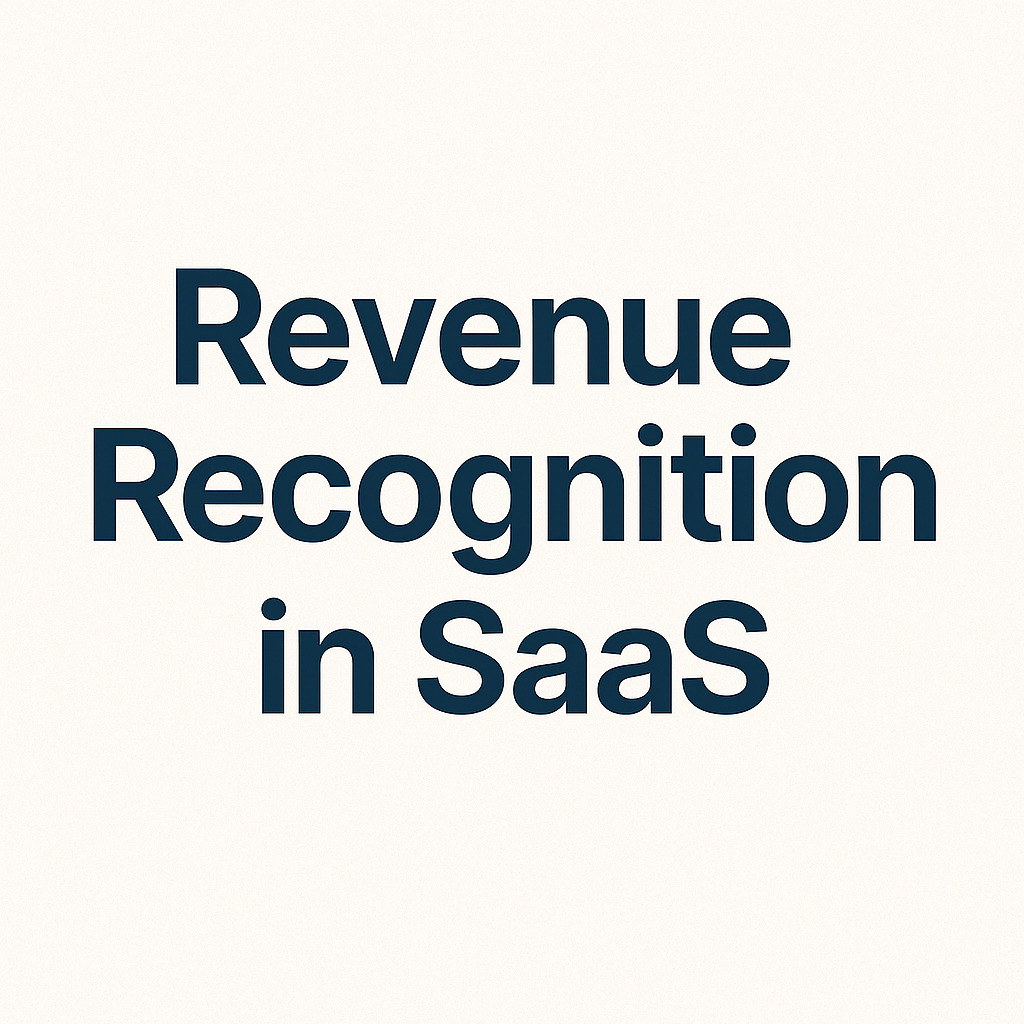
Confused about SaaS revenue recognition? Learn what it is, how it works, and why it’s critical for early-stage startups to track revenue the right way, especially before fundraising.

Jun 7, 2025

Revenue recognition is the accounting process that determines when your startup can officially count customer payments as revenue.
For SaaS companies, this matters because most revenue is earned over time, not all at once.
If you sell an annual SaaS subscription for $1,200 paid upfront in January, you shouldn’t count all $1,200 as January revenue.
You’ll recognize $100 per month over 12 months—because that’s when the service is delivered.
🧾 This is called accrual accounting, and it’s essential for SaaS businesses.
1. Accurate Financials = Smarter Decisions
If you treat all cash as revenue, your numbers will be off. That means:
Startups that recognize revenue correctly have cleaner books and make better decisions.
If you’re fundraising or planning to soon, accurate revenue recognition is a must.
Most investors (especially VCs) will ask:
🚩 Bad revenue accounting = credibility risk in due diligence
Revenue recognition directly affects:
If you’re not recognizing revenue correctly, you may overestimate your cash position or runway—putting your company at risk.
When SaaS companies book revenue all at once, they risk paying income taxes on unearned revenue.
Correct revenue recognition helps you:
💡 Pro tip: Stripe payments ≠ earned revenue. What hits your bank account isn’t what hits your P&L.
Even if you’re pre-revenue or under $1M ARR, getting this right early will save you pain later—especially when talking to investors, filing taxes, or tracking your burn.
We work with early-stage B2B SaaS startups to:
📩 Let’s make your numbers tell the right story—schedule a quick call to get started.
© 2025 Startup Accountant. All Rights Reserved.